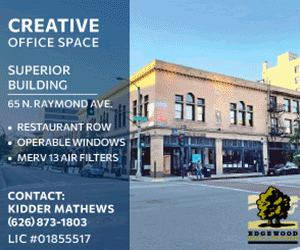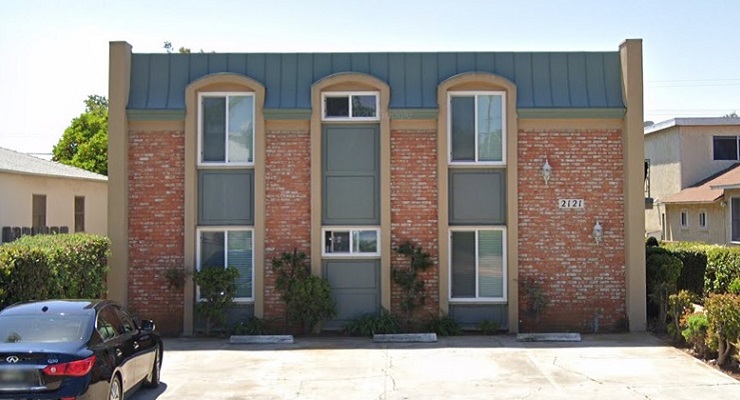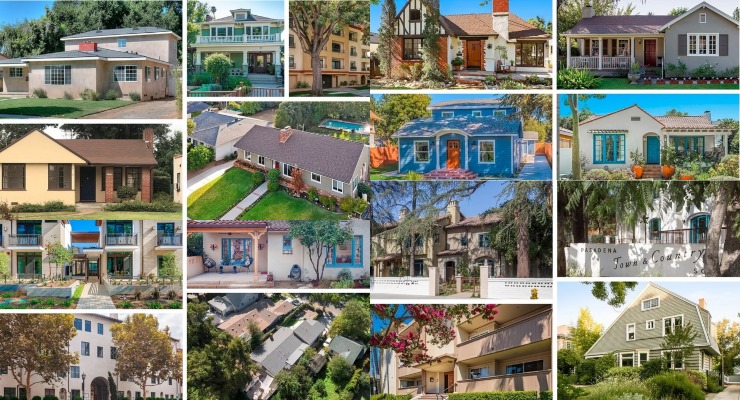
The Fed’s recent increase on interest rates, designed to slow down the rate of inflation, has had some effects, but maybe not the most desirable.
An October 10 California Association of Realtors (CAR) report noted that mortgage applications have fallen back to their slowest pace since 1997.
The average rate on a 30-year, fixed-rate mortgage dipped slightly to 6.66%, according to the latest data from Freddie Mac.
Despite the drop from 6.70% the previous week, rates are up from last year’s level this week by more than 300 basis points and have climbed almost 130 basis points just in the last 7 weeks, according to the report.
Higher rates have resulted in overall mortgage applications dropping the slowest pace in over two decades. Refinance activity has also been affected, and purchase applications have fallen more than 33% behind last year’s pace.
California pending sales are also affected by the rise in mortgage rates, said CAR. Following low rates during July and early August that helped home sales to rise pending sales have continued to drop.
In fact, existing single-family pending sales dropped almost 30% from last year’s levels this past September.
The sales number represents a 15% drop from August, which had bounced back 14% from July putting the state close to that previous low hit a few months ago. Southern California had the second largest drop in pending sales with a 31% decline.
The drop in pending sales also hit every price segment, according to CAR, in September as well. Sales of homes priced $5M and above fell by 21%, while the relatively few homes priced under $300,000 fell by roughly 33% from last year.
CAR also noted that mortgage interest rates remain “very volatile,” but are well above last year’s, which is reducing purchasing power for all buyers.
This ripple on the economic pond is causing demand to drop, which means that builders are scaling back production and lowering their spending budgets.
Construction spending has also dipped, said CAR. Ahead of last year by 10.9% year-to-date, total construction spending still decreased 0.7% in August and was revised down slightly for July as well.
The list of causes remain familiar—rising economic uncertainty, persistent inflation, and higher interest rates are taking their toll on construction, and California builders are showing it.
Both residential and nonresidential construction spending fell in August, by 1.0% and 0.4% respectively. Although, single-family construction posted the largest declines in the residential sector, falling 2.9% from the previous month. However, construction spending for multi-family continues to grow slightly with an increase of 0.4%.







